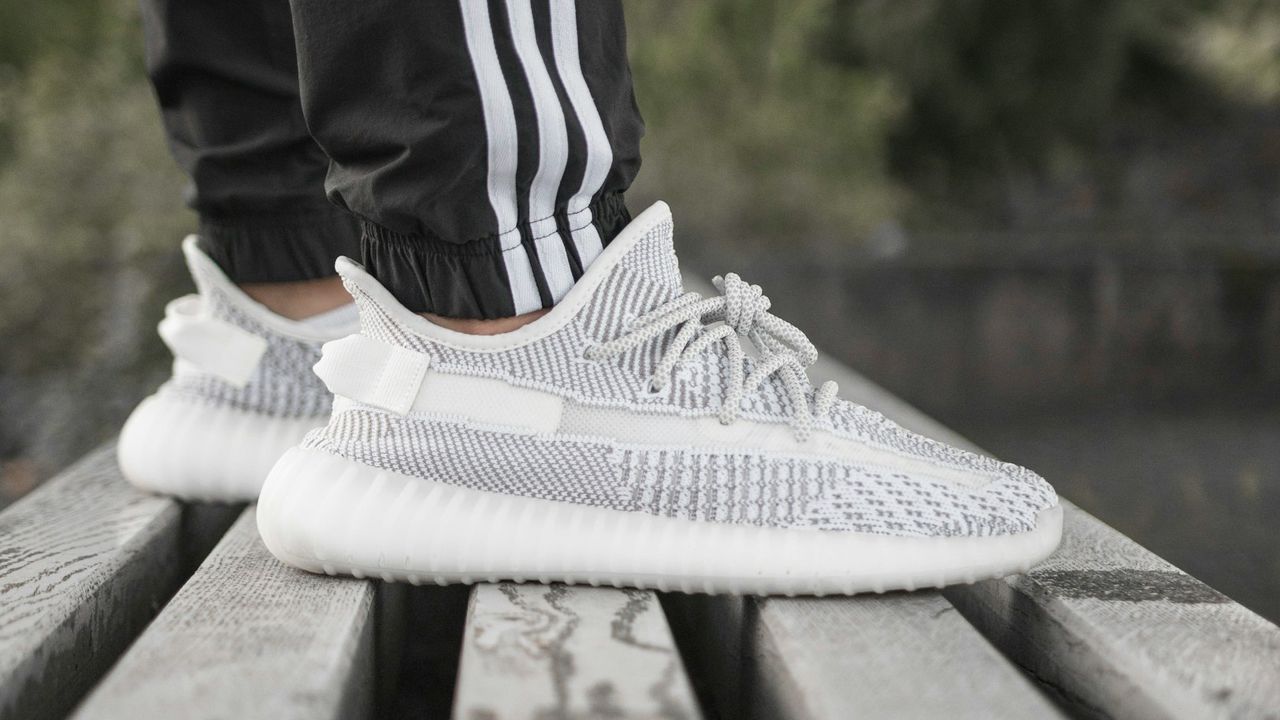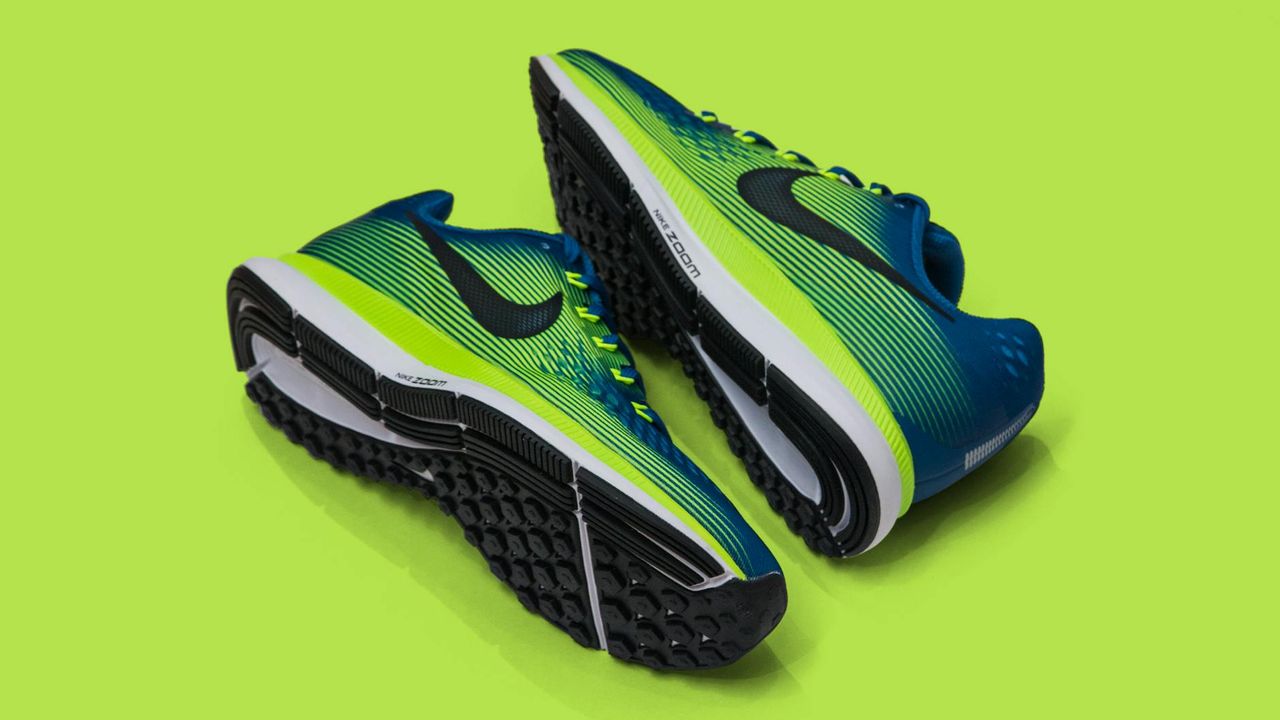
The Ultimate Guide to Choosing the Right Running Shoes for Your Foot Type
The Ultimate Guide to Choosing the Right Running Shoes for Your Foot Type
When it comes to running, having the proper footwear is essential for both performance and injury prevention. With numerous options available, it can be overwhelming to find the right running shoes that suit your foot type. In this comprehensive guide, we will walk you through the process of selecting the best running shoes based on your unique foot characteristics.
Understanding Your Foot Type
Before diving into the shoe selection process, it's important to determine your foot type. There are three main categories: pronation, supination, and neutral.
- Pronation: This occurs when your foot rolls inward excessively during the gait cycle. People with pronation tend to have flatter arches.
- Supination: This is the opposite of pronation. People with supination have a higher arch, and their foot tends to roll outward during the gait cycle.
- Neutral: Neutral foot type lies between pronation and supination. It means your foot strikes the ground evenly and efficiently.
The Importance of Shoe Selection
Choosing the right running shoes can help prevent discomfort, pain, and potential injuries while improving your running experience. Different foot types require specific features and support from footwear to maintain proper alignment and stability.
Foot Analysis and Shoe Fit
When searching for running shoes, consider visiting a specialized running store that provides foot analysis services. These analyses involve measuring your foot size, examining the arch shape, and observing your gait pattern. The insights gained from this analysis will assist in identifying the ideal shoe type based on your foot type.
Additionally, ensure the shoes provide a snug fit. They should comfortably cradle your feet without causing any tightness or discomfort. Leave some room for your toes to wiggle, as they tend to expand during activity.
Best Running Shoes for Different Foot Types
1. Pronation: Look for stability shoes that provide good arch support and motion control to prevent excessive inward rolling. These shoes often have features like dual-density midsoles and reinforced heels.
2. Supination: Cushioned shoes with flexible midsoles are suitable for supinators. They provide shock absorption and encourage a more natural foot motion by compensating for the outward roll.
3. Neutral: People with a neutral foot type have a wide range of shoe options. Lightweight trainers and performance shoes are a popular choice for their versatility and ability to provide adequate cushioning and support for neutral feet.
Additional Considerations
Here are some extra tips to keep in mind when selecting running shoes:
- Consider the terrain where you'll be running the most. Trail running shoes offer additional traction and durability for off-road surfaces.
- Replace your running shoes regularly. Depending on your mileage, it's recommended to change them every 300-500 miles to maintain optimal support and cushioning.
- Try on shoes with the socks you plan to wear while running to ensure a proper fit.
Remember, investing time in selecting the right running shoes can greatly enhance your running performance and reduce the risk of injuries. So, lace up, hit the road, and enjoy your running journey with the perfect pair of athletic footwear!
Happy running!



